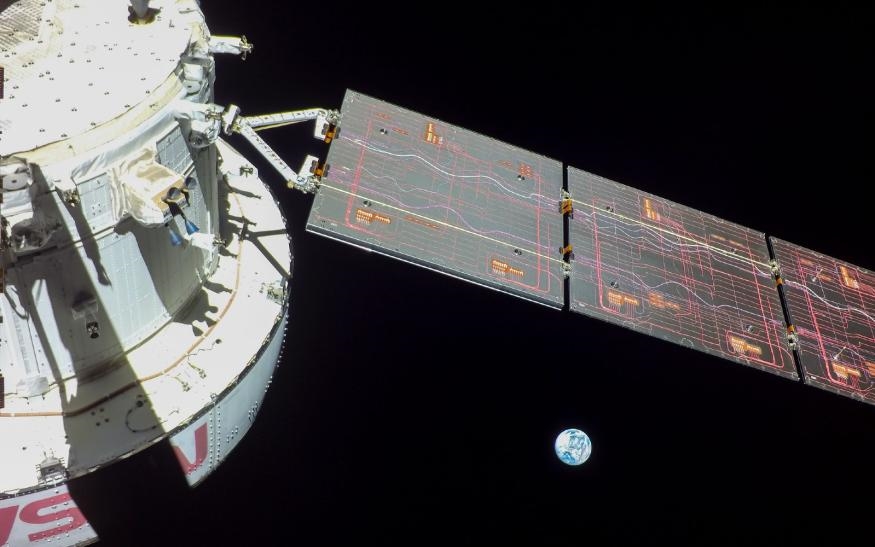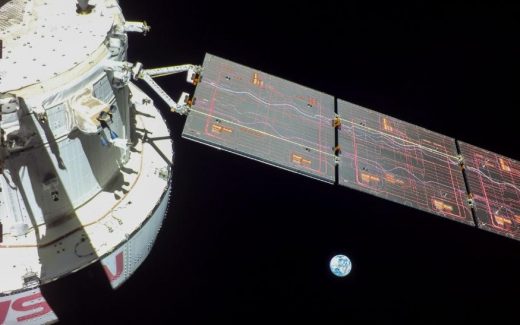NASA posts high resolution images of Orion’s final lunar flyby
NASA’s Orion spacecraft breaks Apollo 13 flight record
The Artemis 1 Orion crew vehicle has set a new record for a NASA flight. At approximately 8:40AM ET on Saturday, Orion flew farther than any spacecraft designed to carry human astronauts had ever before, surpassing the previous record set by Apollo 13 back in 1970. As of 10:17AM ET, Orion was approximately 249,666 miles ( from 401,798 kilometers) from Earth.
“Artemis I was designed to stress the systems of Orion and we settled on the distant retrograde orbit as a really good way to do that,” said Jim Geffre, Orion spacecraft integration manager. “It just so happened that with that really large orbit, high altitude above the moon, we were able to pass the Apollo 13 record. But what was more important though, was pushing the boundaries of exploration and sending spacecraft farther than we had ever done before.”
Houston, we have a new record ??
On Saturday Nov. 26, at 8:40 a.m. ET, @NASA_Orion broke the record for the farthest distance traveled from Earth of a human-rated spacecraft. The record was previously held by Apollo 13 at 248,655 statute miles from Earth. Go Artemis! pic.twitter.com/B4hcXHJESC
— NASA’s Johnson Space Center (@NASA_Johnson) November 26, 2022
Of all the missions that could have broken the record, it’s fitting that Artemis 1 was the one to do it. As Space.com points out, Apollo 13’s original flight plan didn’t call for a record-setting flight. It was only after a mid-mission explosion forced NASA to plot a new return course that Apollo 13’s Odyssey command module set the previous record at 248,655 miles (400,171 kilometers) from Earth.

With a limited oxygen supply on the Aquarius Lunar Module, NASA needed to get Apollo 13 back to Earth as quickly as possible. The agency eventually settled on a flight path that used the moon’s gravity to slingshot Apollo 13 back to Earth. One of the NASA personnel who was critical to the safe return of astronauts Jim Lovell, Jack Swigert and Fred Haise was Arturo Campos. He wrote the emergency plan that gave the Command and Service Module enough power to make it back to Earth. Artemis 1 is carrying a “Moonikin” test dummy named after the late Arturo.
Earlier this week, Orion completed a flyby of the moon. After the spacecraft completes half an orbit around the satellite, it will slingshot itself toward the Earth. NASA expects Orion to splash down off the coast of San Diego on December 11th.
(33)



